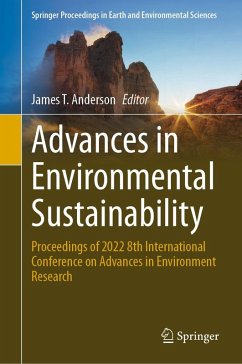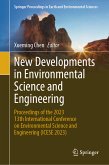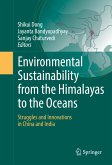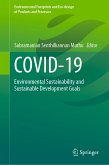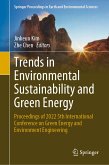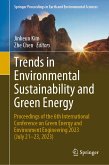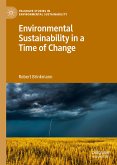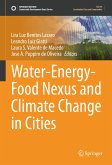This proceedings volume presents the selected papers from the 2022 8th International Conference on Advances in Environment Research (ICAER 2022), held as an online event from April 22-24. The papers presented at the meeting and published here cover issues of environmental sustainability from both ecological and socioeconomic perspectives, including but not limited to cutting-edge topics such as biogas, green building design, climate change, and sustainable forest management. This book aims to educate readers on how sustainability research can help society understand and combat our most pressing environmental challenges. The proceedings will be helpful for graduate students, researchers, environmental planners, and industry professionals interested in understanding the utility of environmental sustainability research for improving our lives and sustaining our planet.
Dieser Download kann aus rechtlichen Gründen nur mit Rechnungsadresse in A, B, BG, CY, CZ, D, DK, EW, E, FIN, F, GR, HR, H, IRL, I, LT, L, LR, M, NL, PL, P, R, S, SLO, SK ausgeliefert werden.

